發(fā)布運行應用程序,在瀏覽器地址欄中鍵入:http://localhost:8080/Struts2_Fileupload/FileUpload.jsp,出現圖示頁面:

清單7 FileUpload頁面
選擇圖片文件,填寫Caption并按下Submit按鈕提交,出現圖示頁面:

清單8 上傳成功頁面
更多配置
在運行上述例子,如果您留心一點的話,應該會發(fā)現服務器控制臺有如下輸出:
Mar 20 , 2007 4 : 08 : 43 PM org.apache.struts2.dispatcher.Dispatcher getSaveDir
INFO: Unable to find 'struts.multipart.saveDir' property setting. Defaulting to javax.servlet.context.tempdir
Mar 20 , 2007 4 : 08 : 43 PM org.apache.struts2.interceptor.FileUploadInterceptor intercept
INFO: Removing file myFile C:\Program Files\Tomcat 5.5 \work\Catalina\localhost\Struts2_Fileupload\upload_251447c2_1116e355841__7ff7_00000006.tmp 清單9 服務器控制臺輸出
上述信息告訴我們,struts.multipart.saveDir沒有配置。struts.multipart.saveDir用于指定存放臨時文件的文件夾,該配置寫在struts.properties文件中。例如,如果在struts.properties文件加入如下代碼:
struts.multipart.saveDir = /tmp 清單10 struts配置
這樣上傳的文件就會臨時保存到你根目錄下的tmp文件夾中(一般為c:\tmp),如果此文件夾不存在,Struts 2會自動創(chuàng)建一個。
錯誤處理
上述例子實現的圖片上傳的功能,所以應該阻止用戶上傳非圖片類型的文件。在Struts 2中如何實現這點呢?其實這也很簡單,對上述例子作如下修改即可。
首先修改FileUpload.jsp,在<body>與<s:form>之間加入“<s:fielderror />”,用于在頁面上輸出錯誤信息。
然后修改struts.xml文件,將Action fileUpload的定義改為如下所示:
< action name ="fileUpload" class ="tutorial.FileUploadAction" >
< interceptor-ref name ="fileUpload" >
< param name ="allowedTypes" >
image/bmp,image/png,image/gif,image/jpeg
</ param >
</ interceptor-ref >
< interceptor-ref name ="defaultStack" />
< result name ="input" > /FileUpload.jsp </ result >
< result name ="success" > /ShowUpload.jsp </ result >
</ action > 清單11 修改后的配置文件
顯而易見,起作用就是fileUpload攔截器的allowTypes參數。另外,配置還引入defaultStack它會幫我們添加驗證等功能,所以在出錯之后會跳轉到名稱為“input”的結果,也即是FileUpload.jsp。
發(fā)布運行應用程序,出錯時,頁面如下圖所示:

清單12 出錯提示頁面
上面的出錯提示是Struts 2默認的,大多數情況下,我們都需要自定義和國際化這些信息。通過在全局的國際資源文件中加入“struts.messages.error.content.type.not.allowed=The file you uploaded is not a image”,可以實現以上提及的需求。對此有疑問的朋友可以參考我之前的文章《在Struts 2.0中國際化(i18n)您的應用程序》。
實現之后的出錯頁面如下圖所示:

清單13 自定義出錯提示頁面
同樣的做法,你可以使用參數“maximumSize”來限制上傳文件的大小,它對應的字符資源名為:“struts.messages.error.file.too.large”。
字符資源“struts.messages.error.uploading”用提示一般的上傳出錯信息。
多文件上傳
與單文件上傳相似,Struts 2實現多文件上傳也很簡單。你可以將多個<s:file />綁定Action的數組或列表。如下例所示。
< s:form action ="doMultipleUploadUsingList" method ="POST" enctype ="multipart/form-data" >
< s:file label ="File (1)" name ="upload" />
< s:file label ="File (2)" name ="upload" />
< s:file label ="FIle (3)" name ="upload" />
< s:submit />
</ s:form > 清單14 多文件上傳JSP代碼片段
如果你希望綁定到數組,Action的代碼應類似:
private File[] uploads;
private String[] uploadFileNames;
private String[] uploadContentTypes;
public File[] getUpload() { return this .uploads; }
public void setUpload(File[] upload) { this .uploads = upload; }
public String[] getUploadFileName() { return this .uploadFileNames; }
public void setUploadFileName(String[] uploadFileName) { this .uploadFileNames = uploadFileName; }
public String[] getUploadContentType() { return this .uploadContentTypes; }
public void setUploadContentType(String[] uploadContentType) { this .uploadContentTypes = uploadContentType; } 清單15 多文件上傳數組綁定Action代碼片段
如果你想綁定到列表,則應類似:
private List < File > uploads = new ArrayList < File > ();
private List < String > uploadFileNames = new ArrayList < String > ();
private List < String > uploadContentTypes = new ArrayList < String > ();
public List < File > getUpload() {
return this .uploads;
}
public void setUpload(List < File > uploads) {
this .uploads = uploads;
}
public List < String > getUploadFileName() {
return this .uploadFileNames;
}
public void setUploadFileName(List < String > uploadFileNames) {
this .uploadFileNames = uploadFileNames;
}
public List < String > getUploadContentType() {
return this .uploadContentTypes;
}
public void setUploadContentType(List < String > contentTypes) {
this .uploadContentTypes = contentTypes;
} 清單16 多文件上傳列表綁定Action代碼片段
總結
在Struts 2中實現文件上傳的確是輕而易舉,您要做的只是使用<s:file />與Action的屬性綁定。這又一次有力地證明了Struts 2的簡單易用。






















 }
}




 }
}

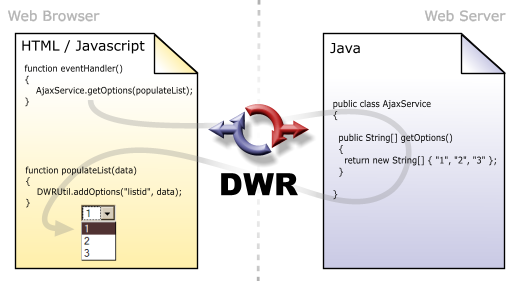
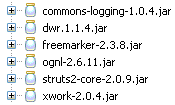








 }
} }
}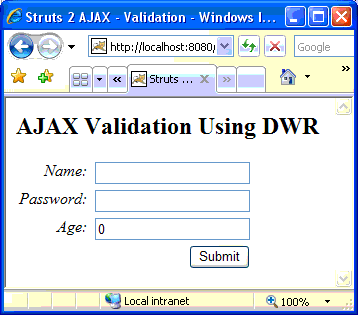
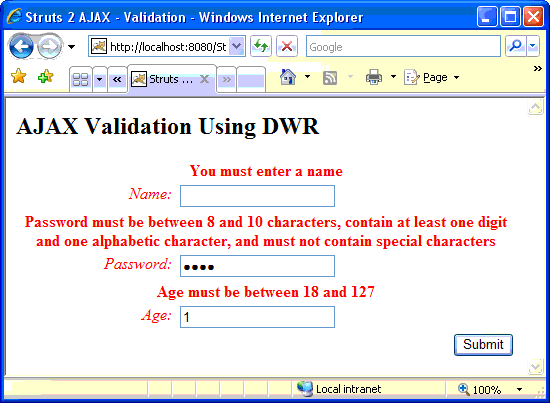
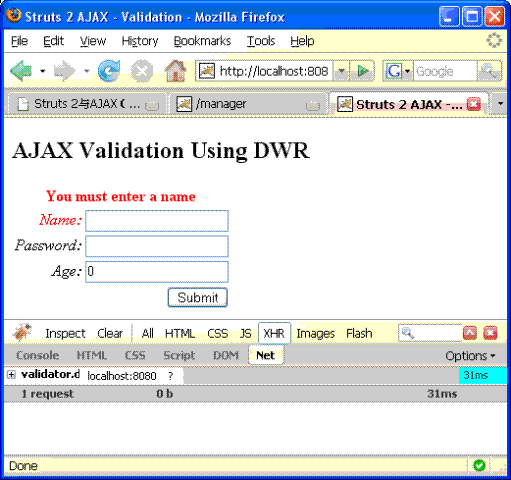
 http://www.blogjav
http://www.blogjav








 }
} }
}


